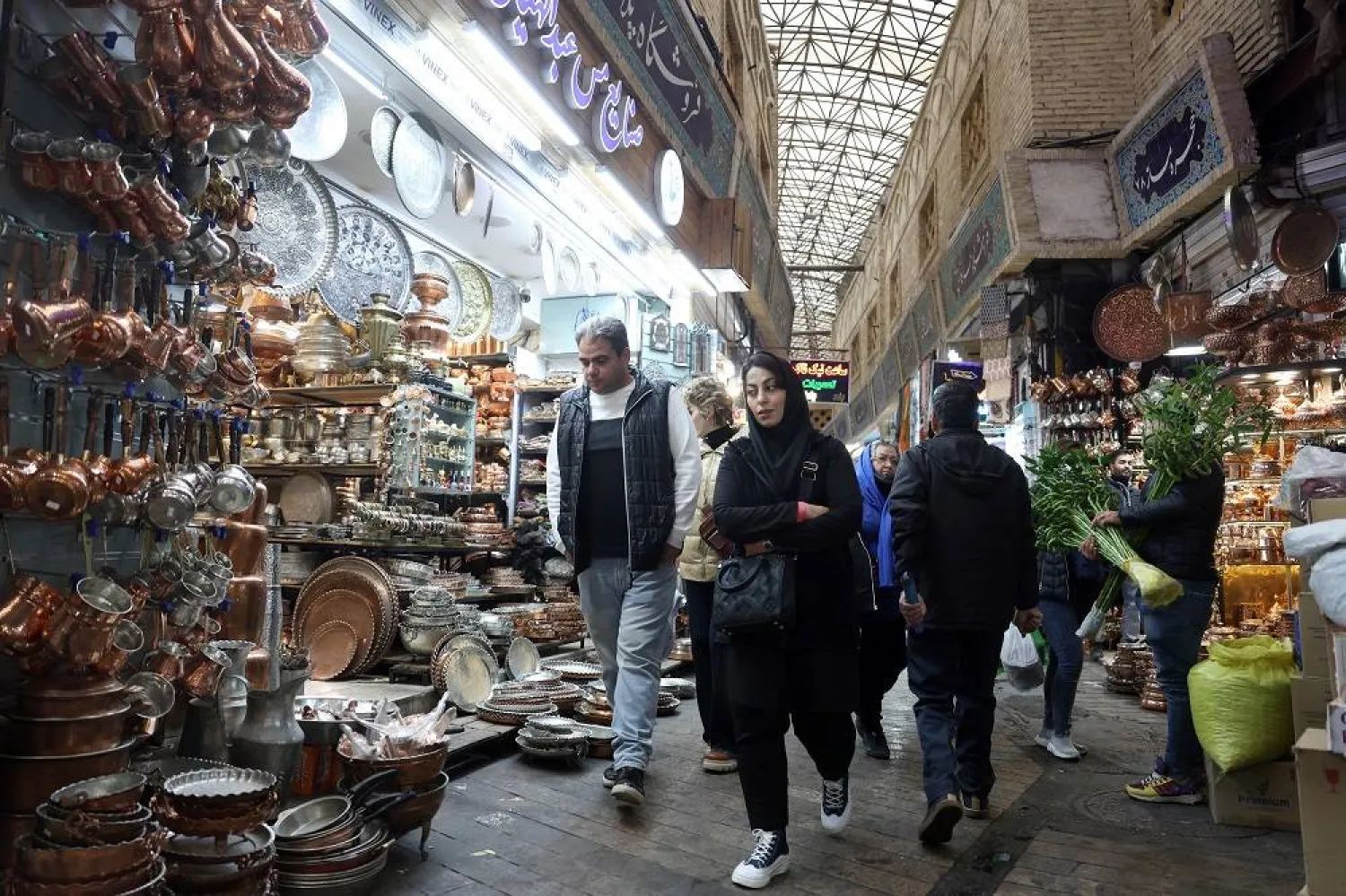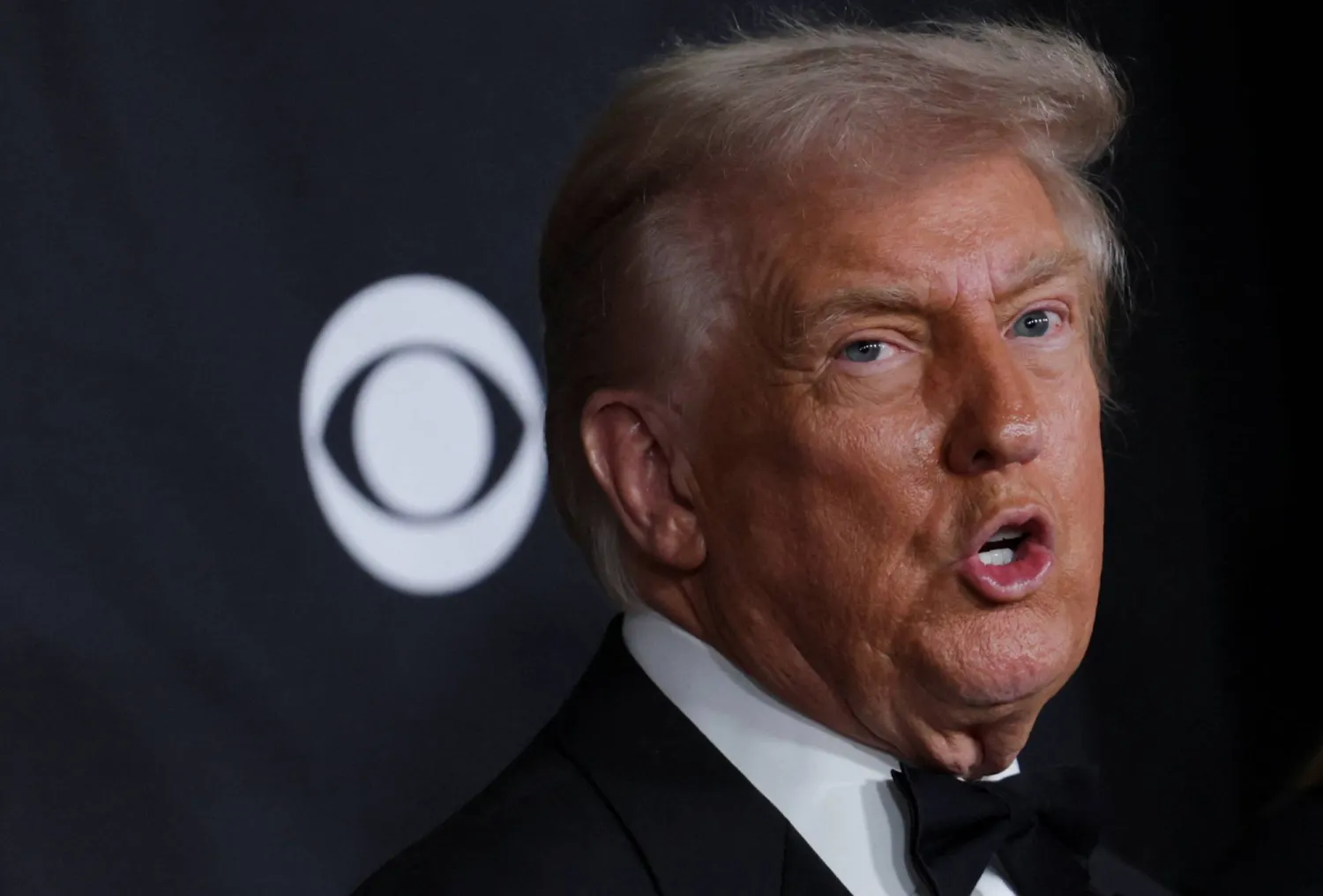A Russian drone caused significant damage to the radiation containment shelter at the Chornobyl nuclear power plant overnight, Ukrainian President Volodymyr Zelenskiy said on Friday.
Zelenskiy and the UN's energy watchdog both said that radiation levels remained normal after the incident, which came as top US, Ukrainian and European officials gathered at the Munich Security Conference to discuss the war in Ukraine.
Chornobyl was the site of the world's worst civil nuclear catastrophe when one of its four reactors exploded in 1986. That reactor is now enveloped by a protective shelter to contain the lingering radiation.
The last working reactor at Chornobyl was shut down in 2000. Russia occupied the plant and the surrounding area for over a month during its push for the capital Kyiv at the beginning of the invasion.
The Russian drone struck the shelter of the destroyed power unit at the plant, causing a fire that has since been extinguished, Zelenskiy wrote on the Telegram app.
"According to initial assessments, the damage to the shelter is significant," he said.
There was no immediate comment from Russia, which has repeatedly denied targeting civilian facilities during its war in Ukraine.
IMAGES SHOW FIRE
Andriy Yermak, the Ukrainian president's chief of staff, posted photographs of the shelter with what appeared to be a small fire near the top of its vast arch.
"The only country in the world that attacks such sites, occupies nuclear power plants, and wages war without any regard for the consequences is today’s Russia," Zelenskiy said.
The shelter, known as the New Safe Confinement, is a hulking arch-shaped steel and concrete structure that was completed in 2019 to cover an earlier Soviet-built version, which had deteriorated.
The New Safe Confinement is 108 meters high (354 feet) and 162 meters long, spans 257 meters and has a lifetime of at least 100 years, according to the European Bank of Reconstruction and Development.
According to the EBRD, the New Safe Confinement cost 1.5 billion euros ($1.57 billion) and was financed by 45 donor countries and institutions.
Zelenskiy is in Munich on Friday to meet US Vice-President J.D. Vance at a delicate diplomatic moment for Ukraine in its war with Russia, with new US President Donald Trump pushing for rapid negotiations and an end to the war.
Yermak said the United States had contributed significant amounts of money and effort to building the New Safe Confinement structure.
"We will provide a lot of information to our American partners today about Russia's strikes on the Chornobyl nuclear power plant, about how they constantly launch drones over the Chornobyl zone, about the threat of shelter and nuclear security that they pose," Yermak wrote on Telegram.
"The atmosphere at the moment is that everyone is very angry at this news here in Munich. Not 'concerned', as is often the case, but really angry."









